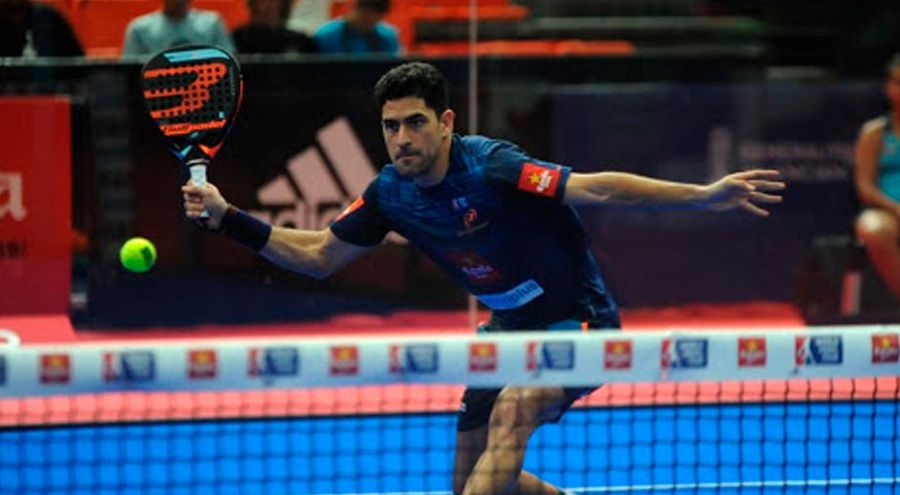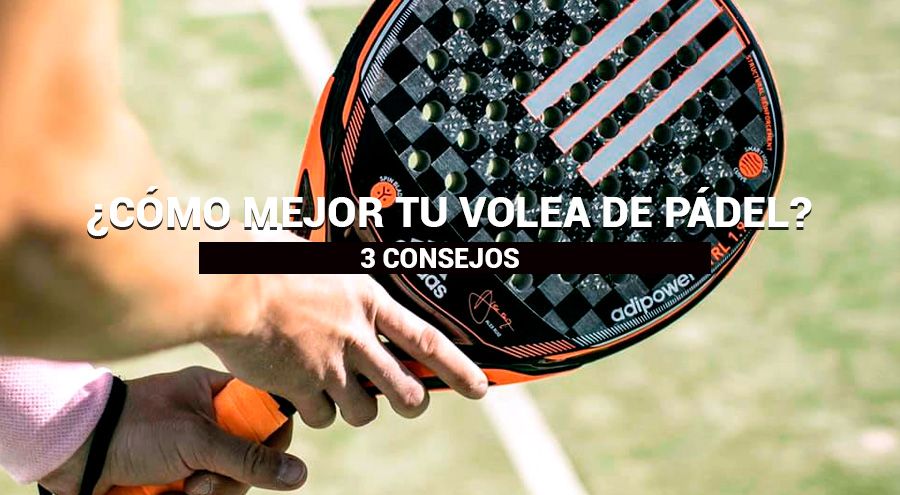Padel World Press .- It is no secret that, when we talk about paddle tennis, we do it from a sport in which The technique has a great weight and importance since it is a faithful reflection of the ability acquired by a player to repeat a type of hit correctly. In that sense, the friends of Time2Padel, the reference online padel store, have decided to offer us a series of tips so that we can master the fundamentals of the most important and characteristic blows of this discipline.
Despite the fact that it is often said that paddle tennis is an 'easy to practice' sport, the truth is that at its most advanced levels it surprises for its speed and for its demand in every way. Therefore, although it is true that it has a rapid adaptation phase and a very high fun component, to make the leap in quality it is necessary to invest many hours of training and work to leave behind those acquired 'vices' that we all have.
In this article, Time2Paddel will tell us about one of those hits that, although they are executed relatively easily, is only 'squeezed' to the maximum by the most expert players ... We refer to the volley.
Definición: What is the volley?
Well, to begin with, we could say that The volley is one of the main offensive blows in paddle tennis. It is the closest technical gesture to the network and presents a great variety of directions and types. His main objective is to dominate the net, to have 'under control' the rivals and, above all, to keep them in the back of the court to have more spaces that allow defining the point.
That is why it is a technical gesture that He needs hitting quality, technique, sense of the game and a great capacity for mobility both in the upper and lower trunk. If we have all these 'requirements', we can boast of having a lethal and very 'damaging' volley for any opponent.
Step by step: How the volley is executed
Although it may seem like one of the easiest strokes to perform in the initiation and transition phases of paddle tennis, it should not be overlooked that it is one of the most complex strokes to master when the level rises.
Inside the court we should be close to the network, with the knees semi-bent and carrying the weight of the body on the toes to be able to perform the appropriate steps. In turn, our shovel will have to be in front of the body, parallel to the shoulders and in a high position so that we can attack the ball with a short gesture, the correct set-up and the necessary speed.
We can send our volleys crossed, parallel, deep, looking for the gate, etc ... And also perform it with different technical gestures (backhand, forehand, cut, flat, ...).
Pay attention to these tips
a) Perfect assembly and termination
The first step to master the technique in the paddle volley begins by having internalized how the assembly should be and what the correct termination will be.
-Armed: The waiting position will be essential, with the feet in parallel, the shovel elevated and the weight on the toes. That will allow us to perform a correct shoulder roll to attack the ball. In the assembly, the shovel is the base since it must be in a high position, with the head up and the hitting face facing the front or to the side (depending on the direction of the ball).
- Completion: It will be necessary to read the opponent's ball (speed, effect, height, direction, etc.) to be able to give it the necessary completion. As usual, depth will be sought and, for this, it will be essential to finish with the dominant arm and blade well extended, pointing towards the back of the court and giving projection to the shot with a downward gesture that prints speed and power to the ball.

b) Attentive to the point of impact.
Hitting the ball at the exact moment is synonymous with success ... But not only in the volley but in all the blows that can be seen within a paddle tennis court. In the case of the volley, Hitting the ball at the exact moment and in the sweet spot will make the difference between dominating the opponent or granting him the opportunity to leave the back of the court and counterattack.
To achieve the correct point of impact, the steps that allow us to shift the weight of the body forward (towards the dominant hand and feet) will be essential since, thus, We can jump on top of the ball to apply a greater mass on impact.
The exact point of The impact will always be in front of our body, with the ball above the height of our hips (close to the shoulders) and with the possibility of making a deep and / or downward movement.
c) Avoid cuddling
And we say it because that is a of the most frequent errors among amateur fans and it causes a lot of errors when we are near the net. The volley is a technical gesture that must be fluid, fast, accurate and forceful, so the doll will only play a leading role on very specific occasions such as a drop or a very short volley, with which the definition is sought towards the metallic framework.
Wiggling when we fly is synonymous with error. And we use it because the point of impact has not been correctly reached, we were not well positioned because we do not know the technique to volley accurately.
We hope these tips have been helpful and remember that you can read the full news clicking on this link
* You can follow all the news of the world of paddle in our profiles of Facebook y Twitter as well as subscribe to our Newsletter .













